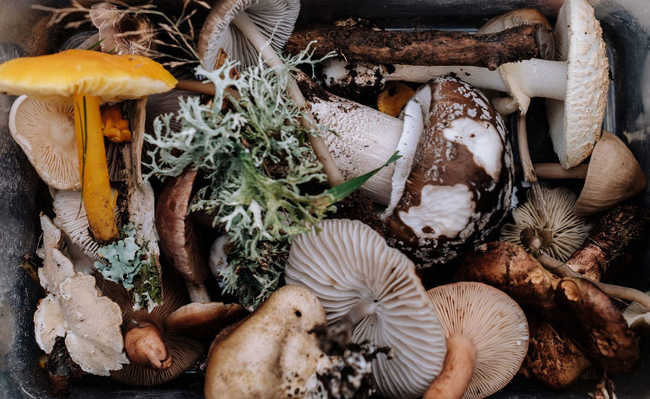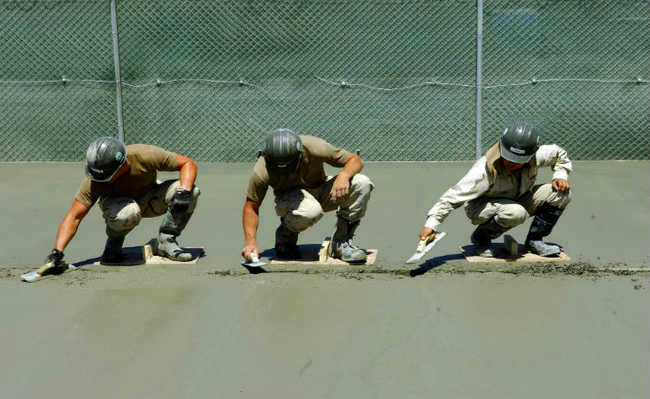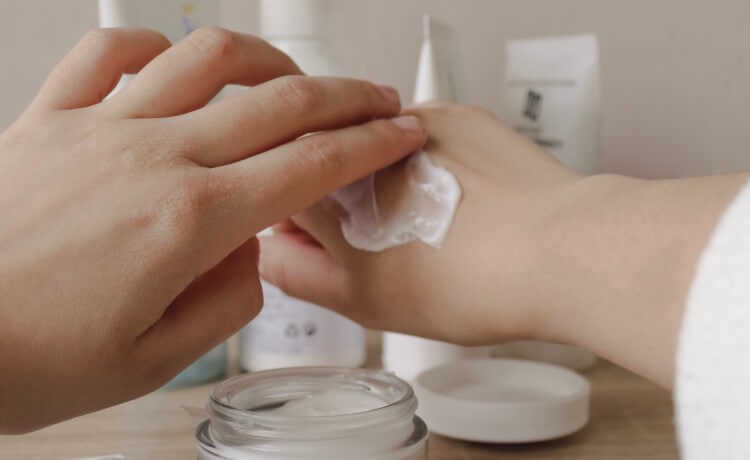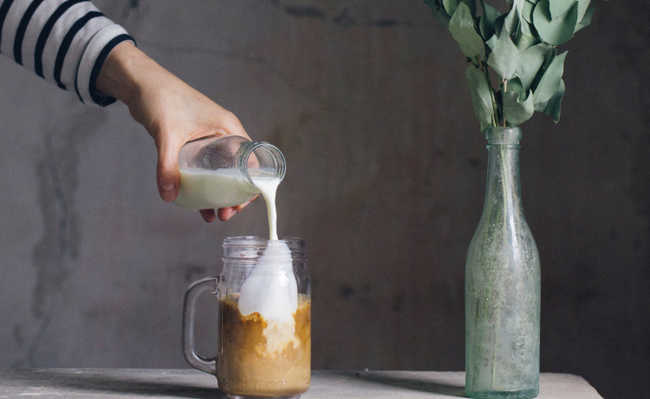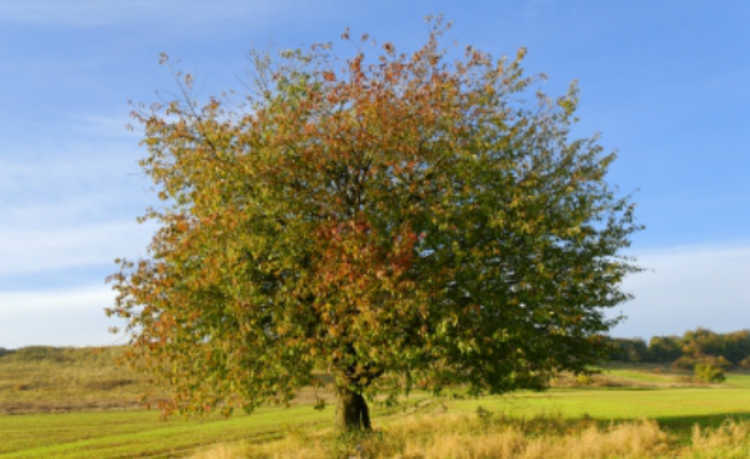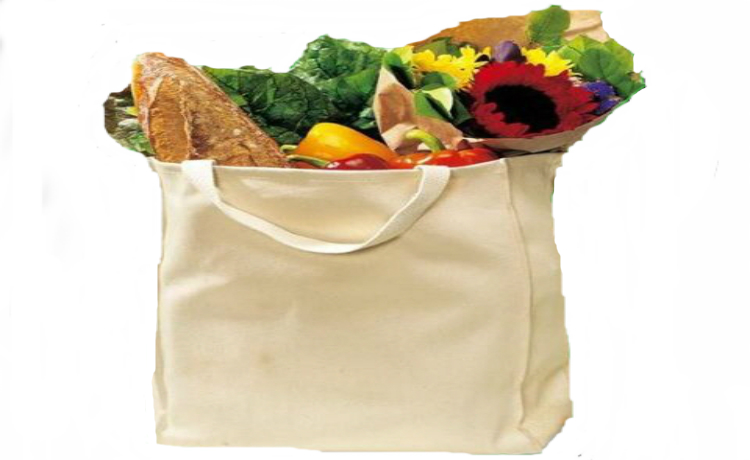Waste preparation guide for disposal
Learn how to separate waste for disposal and make recycling a habit in your home

Have you ever stopped to think about the huge amount of the most varied items that are produced around the world each day? From a simple hamburger to an airplane, everything has an environmental cost, which is usually greater than what the Earth can support (see more in this article on Earth Overload Day). In addition to the use of natural resources, the products generate waste, whether due to packaging, production processes or incorrect disposal.
According to the Brazilian Institute of Geography and Statistics (IBGE), Brazil produces 160 thousand tons of urban waste daily. This means that a Brazilian produces 1.4 kilos of waste per day, 60% organic and 40% recyclable or reject. To know the difference between waste and tailings, check out the article "Do you know the difference between waste and tailings?".
Although recycling is not the solution to the waste problem (the issue goes through changes in the logic of production, through the adoption of different public policies from the current ones, among other aspects) it is essential. The process contributes to saving water and energy, reduces raw material costs and reduces the volume of waste generated from the exploitation of natural resources (see but in "Do you know what recycling is? And how did it come about?") .
In order for recycling to be done, however, it is necessary to separate and dispose of waste correctly. The practice is a little tricky at first, but over time, separating your materials will become very natural. Check out how to separate garbage for recycling:
divide your garbage
dry garbage
All materials that are difficult to decompose, such as paper, metals, plastics and glass, go into the dry garbage dump. Check the materials to be recycled in the table below:
| Recyclable? | roles | Plastics | glasses | Metals |
|---|---|---|---|---|
| Yes | Office papers, used for writing and/or printing (notebook papers, newspapers, magazines, pamphlets, etc.) | Packaging and lids for shampoos, detergents, PET bottles and other household products | drink bottles | Cans of oil, sardines, cream and other food products |
| Cards and cardboard, cardboard boxes | Plastic food packaging | Bottles in general (of sauces, condiments, medicines, perfumes, cleaning products, etc.) | Aluminum (soda, beer, tea cans, yogurt lid, aluminum foil, etc.) | |
| Long life packaging | Plastic utensils (ballpoint pens, toothbrushes, buckets, kitchen items, cups, etc.) | Broken glass | Hardware | |
| Wrapping papers, gift wrapping papers | Plastic bags | wires | ||
| Tissue paper | Polystyrene | Copper wires | ||
| PVC pipes and tubes | cordless pans | |||
| Acrylic | Marmitex packaging | |||
| Not | Toilet papers (toilet paper and tissue paper) | Cellophane plastics | window glass | steel sponges |
| Dirty, greasy or contaminated papers with substances harmful to health | Metallized plastic packaging, such as some snacks | car windows | Paint cans | |
| Waxed papers, with waterproof substances and coated with silicone or paraffin | television tubes and valves | Varnish cans | ||
| Vegetal paper | mirrors | |||
| Tax coupon papers, credit/debit card receipt, bank statement papers | crystals | |||
| photographic paper, photographs | ||||
| Adhesive tapes and labels | ||||
| Papers covered with another type of material, such as plastic (plasticized papers) or aluminum (laminated papers) |
wet garbage
All organic material must be deposited in the wet garbage dump. Among them are food waste, coffee filters and tea bags, greasy and dirty materials, wood, plant pruning and animal waste. However, keep an eye out for what can be reused. Food leftovers, greasy napkins and plant pruning are not recyclable, but they can end up in the compost bin, as well as coffee powder - check out the article "Guide: how is composting done?". Another possible use for organic waste is biodigestion, a process for manufacturing biogas and biofertilizer from an anaerobic process - check the article "Biodigestion of waste is an option for large amounts of organic waste" and understand.
care
Committing the act of consciously separating your waste is already half the battle. There are now certain practices and precautions that are encouraged and discouraged when disposing of your waste for recycling.
What to do
- Sort recycling materials by type (metals, glass, paper and plastic). This makes life easier for collectors and employees of voluntary delivery stations. If you are in doubt whether the material is recyclable, the article "Is it recyclable or not?" contains a comprehensive table that can help. If you are unable to separate the material, no problem, just make sure the material reaches the collection points. See the article "Colours of selective collection: recycling and its meanings" to learn more about the separation of materials.
- Clean recycled material with used paper or reuse water. Don't forget to dry it to prevent it from getting the other paper destined for recycling wet. In this way, the material does not give off a bad smell at recycling points, otherwise it can attract insects and end up putting people's health at risk, especially recycling professionals;
- Empty plastic, glass or metal bottles and containers. Do not put other materials or objects inside it, such as paper or cigarette butts;
- Remove staples and plastic or metal clips attached to the paper. If removal is too difficult, don't worry and send the papers to recycling as usual;
- In case of packaging with lids, remove them. Packages such as soda cans, beer and other canned goods should be pressed or crushed to facilitate storage. Bulk materials such as boxes can also be opened to save space.
- If you are going to recycle glass and it is broken, wrap it in newspaper to avoid accidents.
what not to do
- Do not dispose of dirty paper such as napkins or toilet paper for recycling. Photographic or waxed papers cannot be recycled either;
- Avoid wrinkling, tearing, or wetting the paper. Try to preserve it as much as possible. And remember to use it well before disposing of it for recycling;
- Dispose of your material placed in the dry garbage separately;
- Enter your city hall's website, access the selective collection page and find out about the collection in your region.
If the city's selective collection does not work in your region, look for a voluntary delivery post or a cooperative of collectors. To find out where the closest delivery points are, use our search engine.
Check out our video to learn more about selective collection.
Special disposal waste
There are some residues that must be disposed of carefully. Check out:
- Separate cooking oil in a glass or plastic container. There are specific collection points that will accept this type of waste. But have you ever thought about using it to make soap? Check out our video (below) of the article “How to make sustainable homemade soap” - if you can't make it at home, use our search engine to find collection points.
- Batteries, batteries, light bulbs and electronic devices contain toxic substances that can contaminate water and soil. To find out where to safely dispose of them, check our search engine or consult the manufacturer. To learn more, see the articles "Where to dispose of portable batteries?" “Mercury, cadmium and lead: intimate enemies present in electronics”;
- Medicines should not be thrown down the toilet or in the garbage, as they can contaminate the soil and water, and this type of practice can put animals that dig through the garbage at risk. Look for collection points such as pharmacies and health posts. Check out the article “Understand the risks of disposing of medication and how to avoid it” to know the risks of incorrect disposal and where to dispose of it;
- Leftover fabrics and used clothing must be donated or reused as much as possible. If it is not possible to extend their useful life, look for companies and institutions that collect and dispose of this material correctly, such as the Fabric Bank and Renovar Têxtil.
Comments
It is important to note that although recycling is an important process in the preservation of natural resources, it also relies on energy, water and carbon costs. So before disposing of something, even for recycling, consider giving it new uses. See the article "Upcycling: Discover the sustainable alternative for objects at the end of your life".


